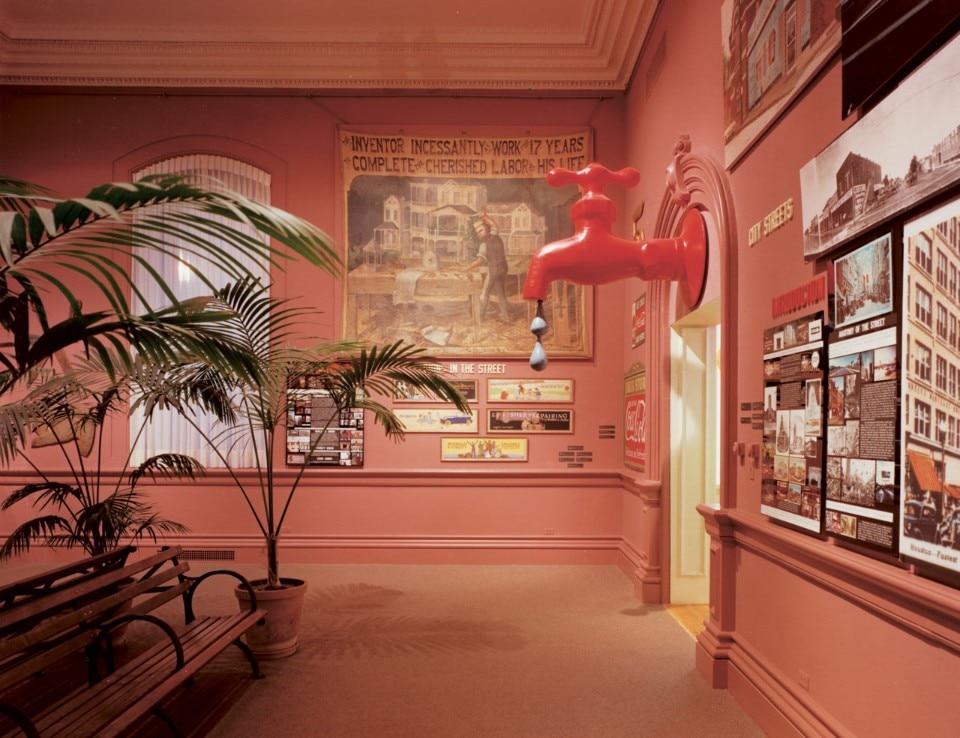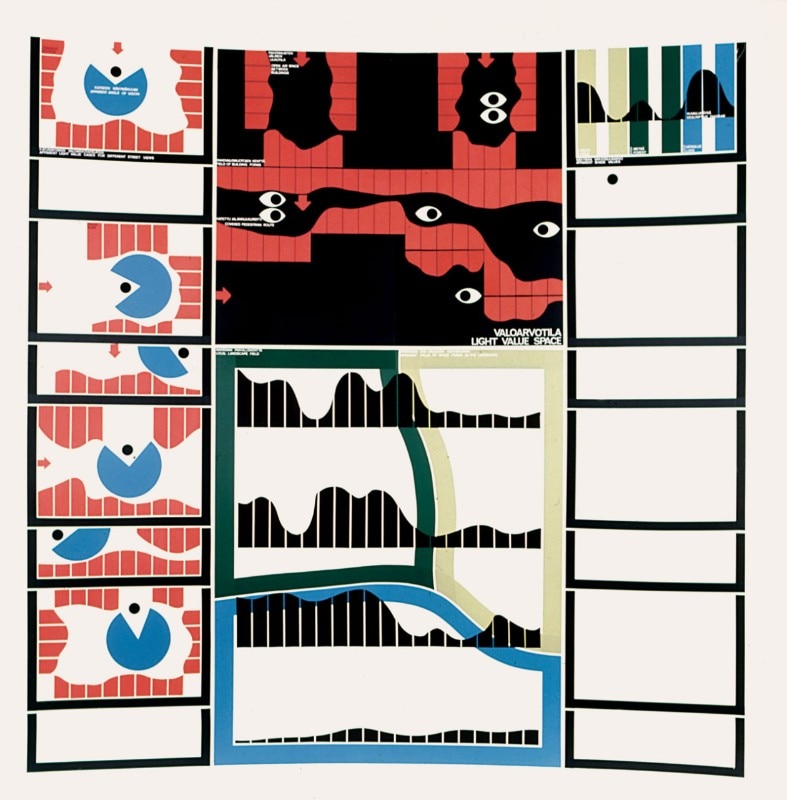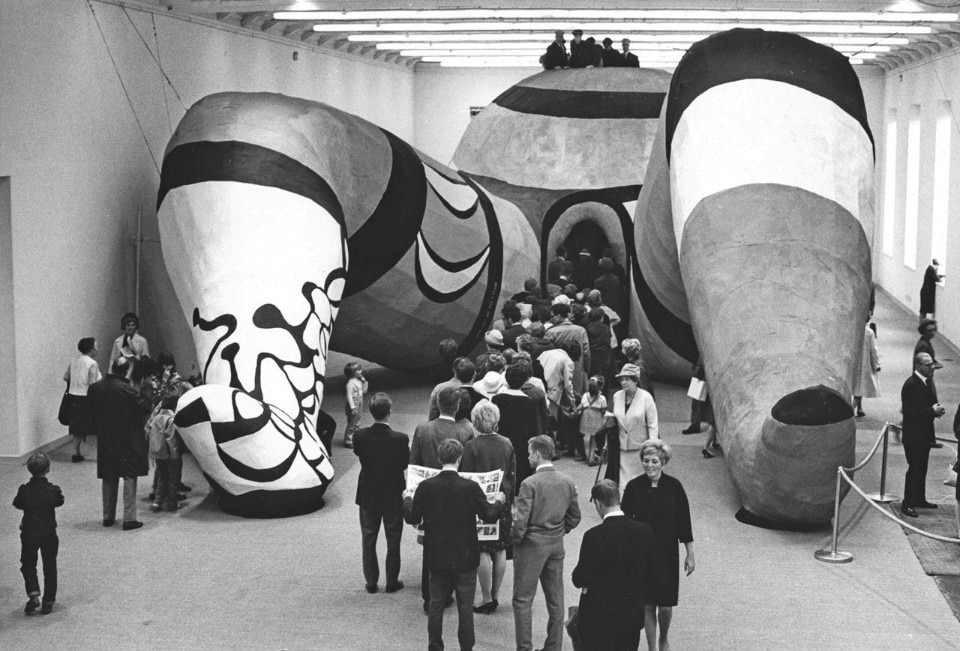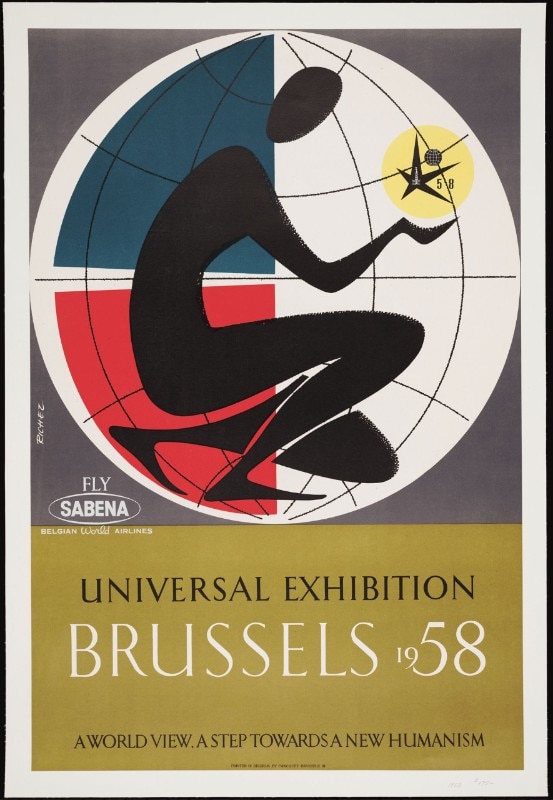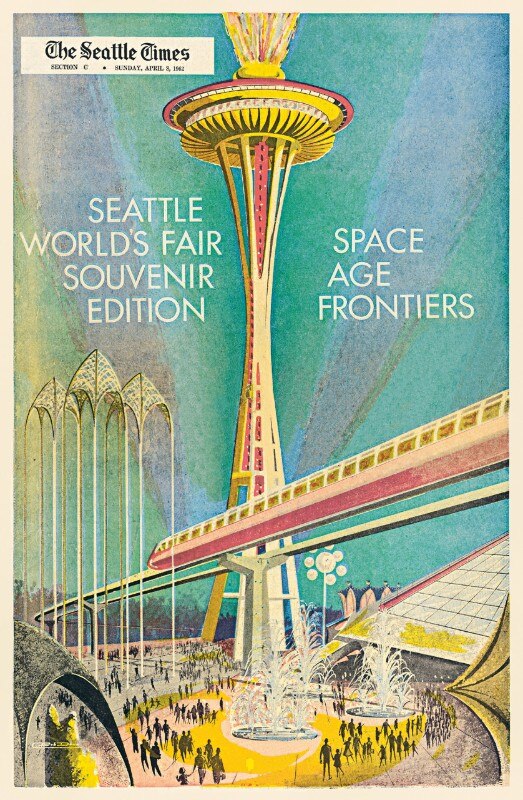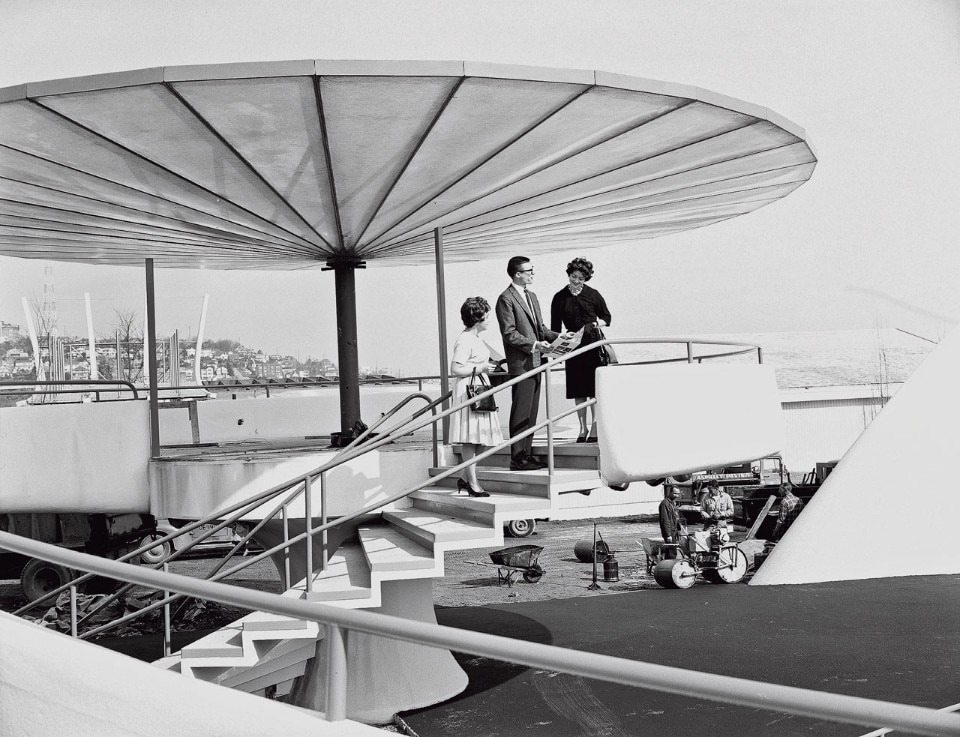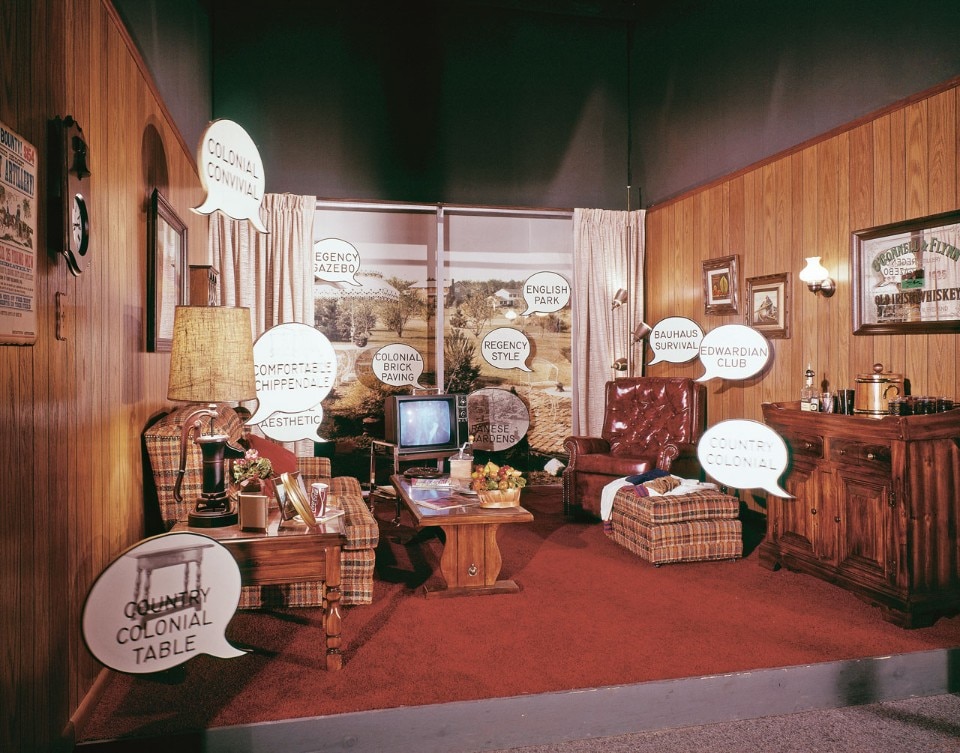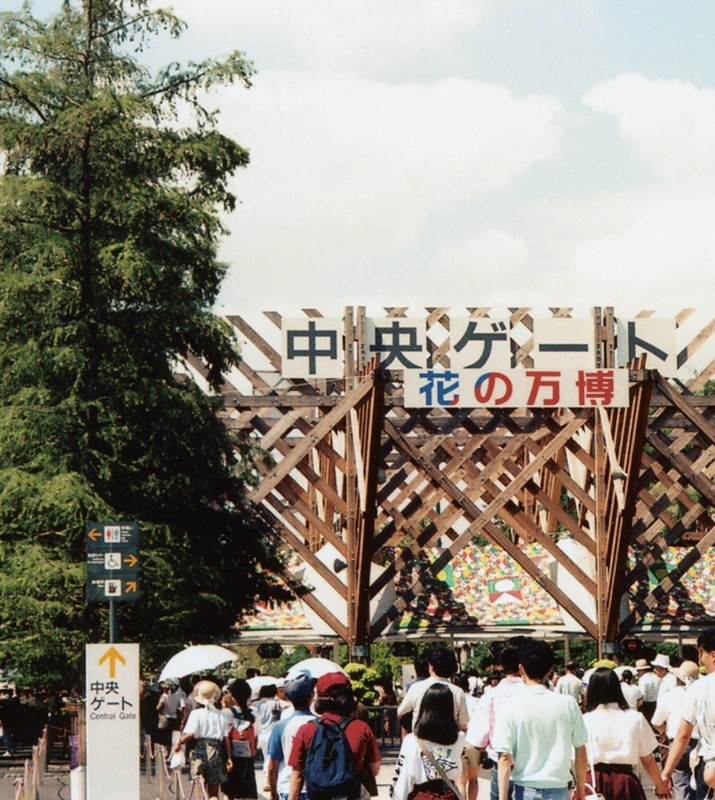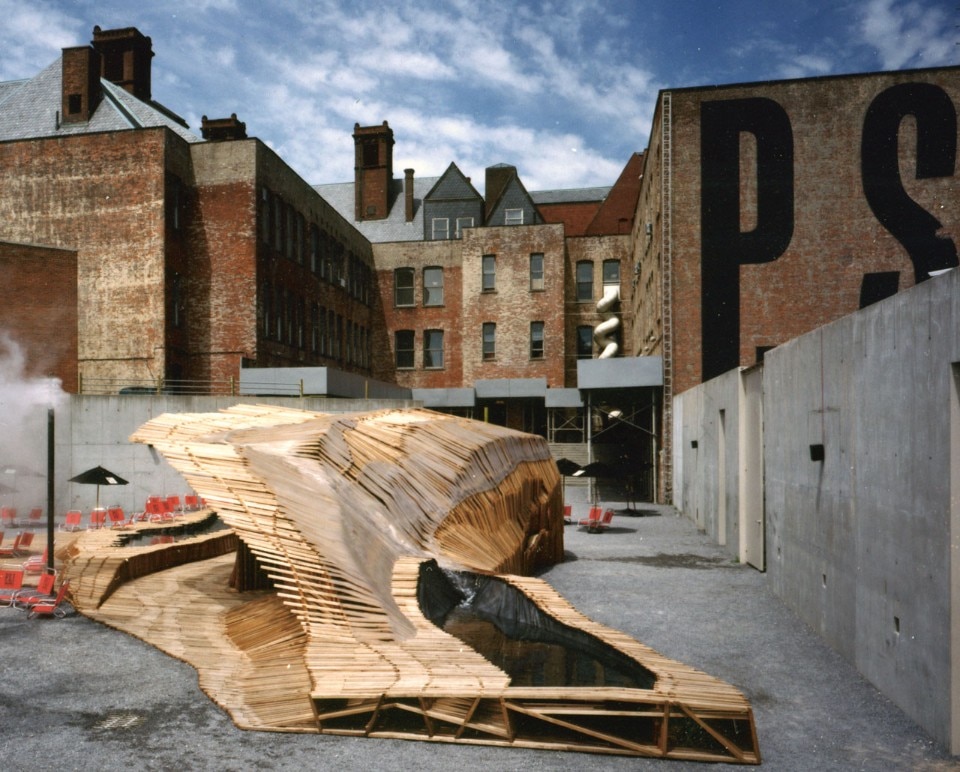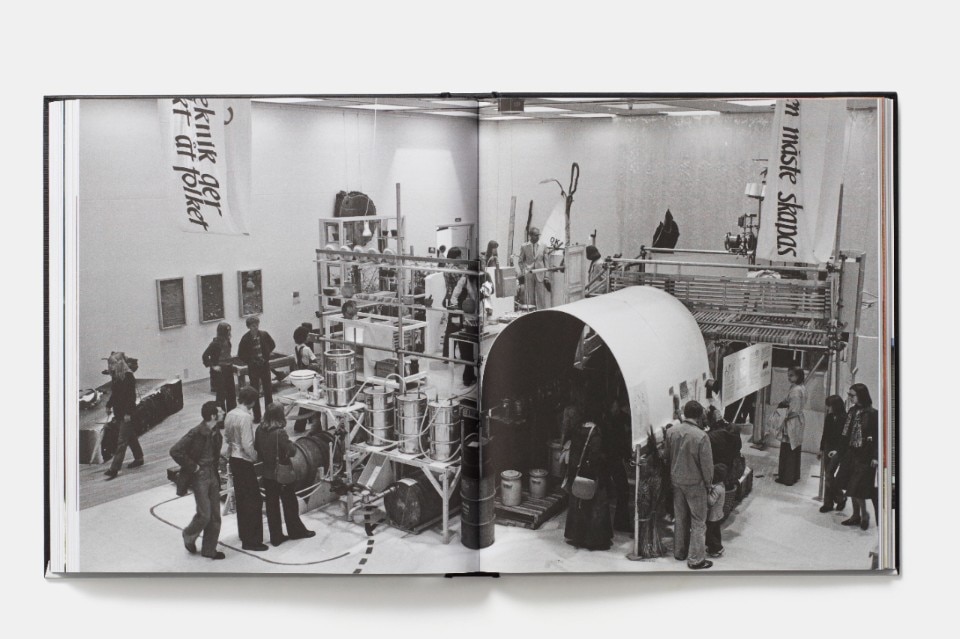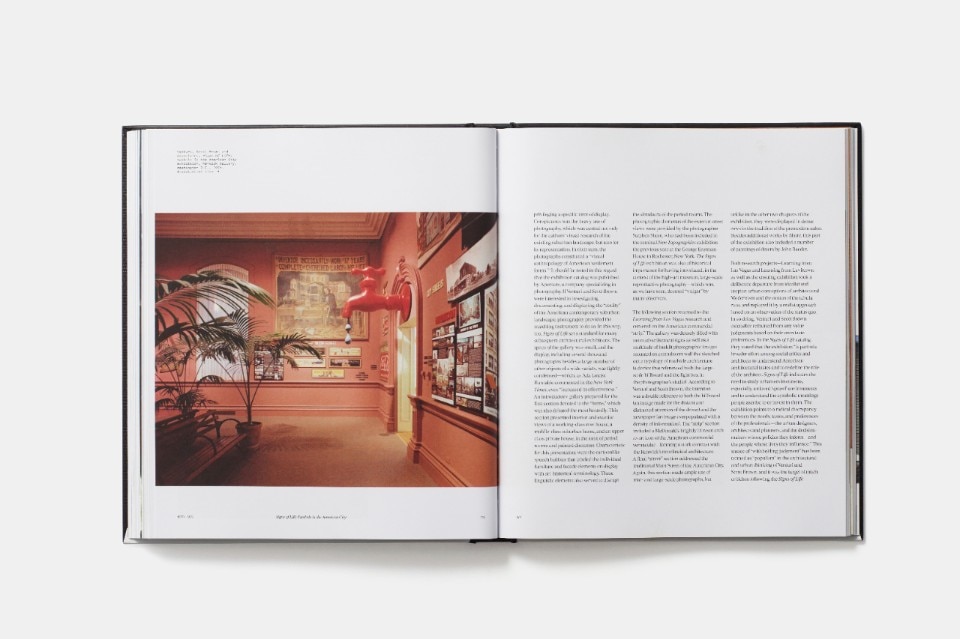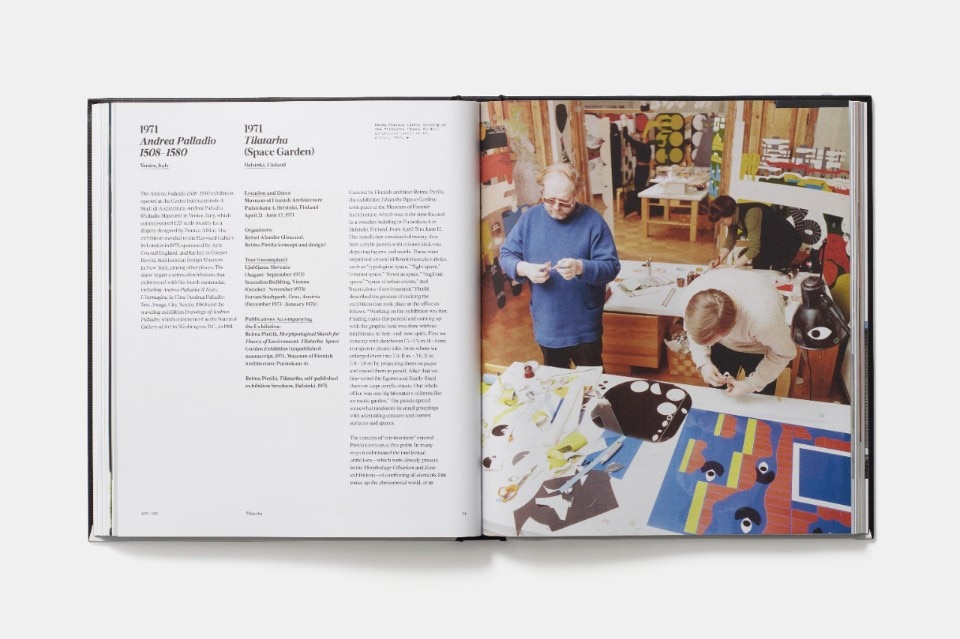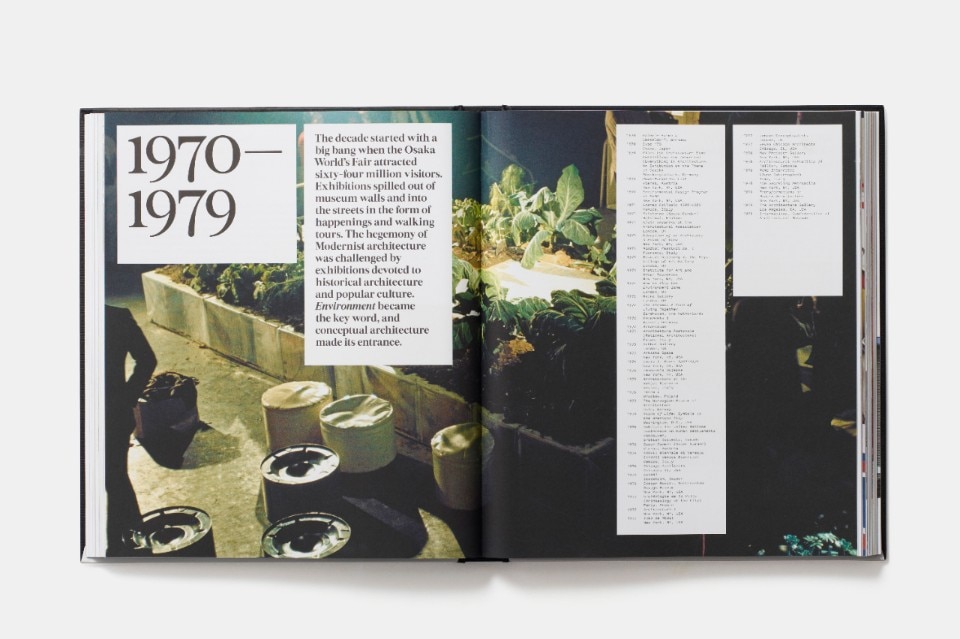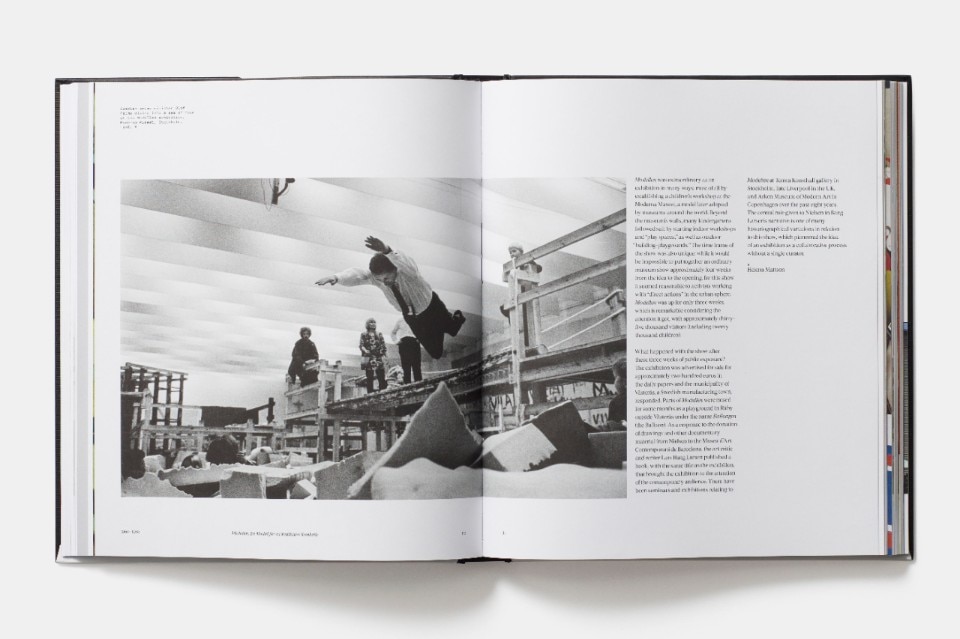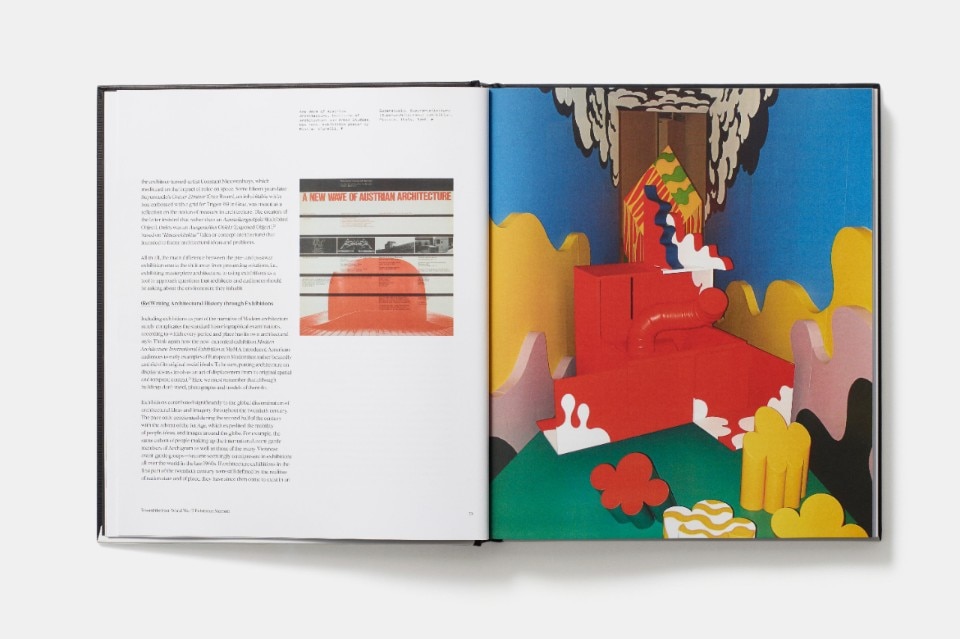The presentation of architecture is always problematic, or at least majority of curators and architects have challenged this topic since the ages. New book from Exhibit A: Exhibitions That Transformed Architecture, 1948-2000, shows how this problem was solved during the period of the second half of the last century, the most dramatic era of Modern architecture development. The book was edited by Eerva-Liisa Pelkonen, Associate professor at Yale University who is focused on the 20th century European and American architecture with the interest in the genesis and meaning of architectural form within various national and historical contexts.
In her new book, she explores new meanings of architecture and parallel history of the discipline, not through the buildings, but through the exhibitions which presented the results of the discipline on one side and stimulate the architecture and helped to develop new ideas and movements on the other. The book includes the individual introduction text with the reminder of large architecture expositions of the inter-war period and then comprehensive timeline of the most important exhibitions, organized since 1948 all around the world. The timeline is divided into the five decades, each of them representing particular tendencies and characteristic movements. It features 80 landmark exhibitions of all formats, types and scales, described by row of contributing editors.
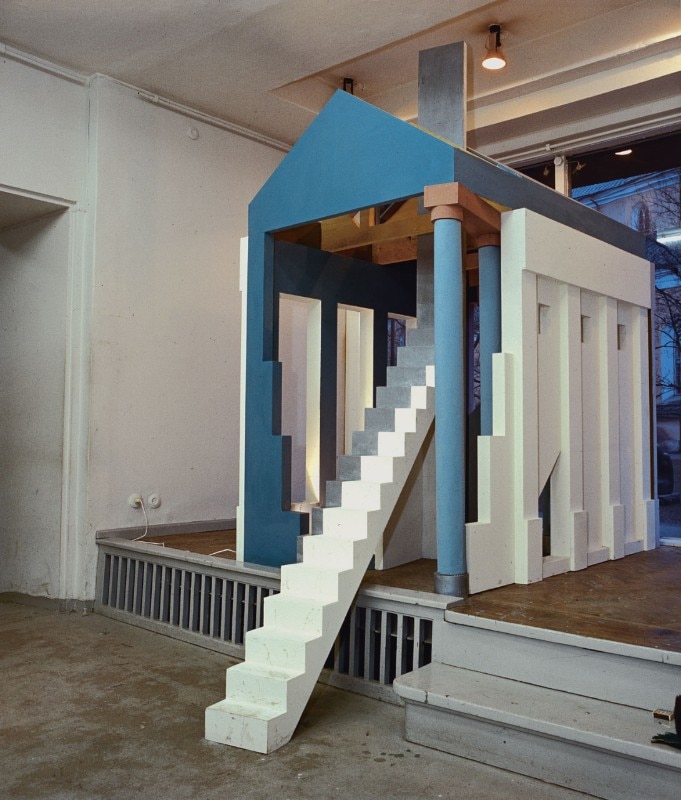
Exhibitions in small private galleries, large institutional presentations, experiments, national expositions and monumental Expos. All are presented in a well arranged layout with the focus on the selected most important ones. In this overview, reader can recognize completely different factors and contributions of various subjects for the discipline. From the creative individuals and groups, to the institutions. “My main goal has been to capture the richness of an exhibition culture that consisted of a wide range of formats, venues, people, and places. Different scales have been covered, from small conceptual exhibitions, like those of Reima Pietilä, to blockbuster world’s fairs like Expo 1970 in Osaka, which had an audience of sixty-four million visitors and was the most visited exhibition of the twentieth century,” says the editor.
This also brings a rich overview in the geographical sense. Reader can see which places were important in which periods. The first section starts symbolically in 1948 with Case Study House program and continues with European contributions, highlighting most of Milan Triennales or exhibition activity of Aldo van Eyck and Constant Nieuwenhuys. Large exhibitions at the end of the decade, including International Building Exhibition in 1957 in Berlin or EXPO 1958 in Brussels are also included.
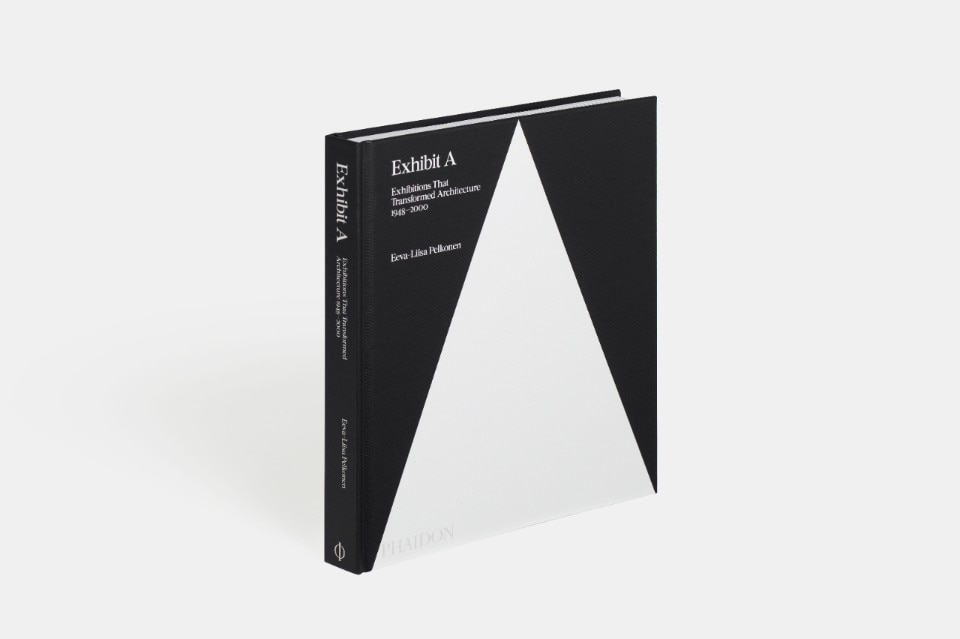
The 1960s highlights new experiments, notably work of Hans Hollein or London-based Archigram, both revolting through medium of the exhibition against the dictate of rigid and rational modernism. The architecture exhibition became more powerful tool during the 1960s to advocate new ideas and change the discourse of architecture. The prime example is the Living City, organized by Archigram in London in 1963. In the second half of the decade, this movement was followed by Italian radicals, as shown in “Superarchitettura” exhibition in Pistoia in 1966, organized by leaders of new ideas, studios Archizoom and Superstudio. These new experiments are also echoed in institutional projects such as Inflatable Structures at the Musée d’Art Moderne de la Ville de Paris in 1968 or some exhibitions at Moderna Museet in Stockholm. The book also shows the importance of already mentioned Hans Hollein as a curator and exhibition designer. Number of his projects is featured, including Everything Is Architecture: An Exhibition on the Theme of Death, organized by him at Städtisches Museum Abteiberg in 1970, symbolically experiment which “pushed viewers to the boundaries of what was considered tolerable at the time,” as editor says.
The 1960s highlights new experiments, notably work of Hans Hollein or London-based Archigram, both revolting through medium of the exhibition against the dictate of rigid and rational modernism.
Expo 1970 in Osaka introduces the decade of the 1970s as a triumph of Japanese Metabolist movement. Following years were defined by influence of Austrian avant-garde, including Haus-Rucker-Co, London-based Heinz gallery and speculative exhibitions as “1975 Immovable Objects in New York, Signs of Life: Symbols in the American City” in Washington by Denise Scott Brown, Steven Izenour, and Robert Venturi in 1976, “ARARAT” at Moderna Museet in Stockholm, or “Architectural Exhibition 78” in Tallinn. All these shows present new perspective on architecture and denied the optimism of modernism to flourish postmodernism, pop, and other avant-garde alternatives. The decade is symbolically closed by a seminal exhibition “Transformations in Modern Architecture” at MoMA in 1979, where curator Arthur Drexler shows 403 buildings by 270 architects in an anonymous collage-like installation, questioning how modern architecture developed since the eponymous 1932 International Style exhibition, also took place at MoMA.
the book present completely new perspective on architecture history and puts together information which were never presented as comprehensively.
First Venice Architecture Biennale is described on several pages of the next section, followed by important exhibition Houses for Sale at Leo Castelli Gallery in New York, where architects Emilio Ambasz, Peter Eisenman, Vittorio Gregotti, Charles Moore, Arata Isozaki, Cedric Price, César Pelli, and Oswald Mathias Ungers presented their ideal plans for single family houses to sell directly to clients. In 1986, Vistara: The Architecture of India exhibition was held at the Nehru Center in Mumbai. Curated by Charles Correa, the exhibition shows the history of Indian architecture in favour of actual postmodern tendencies. The last decade of the century is an epilogue after the years of architecture idealism and experiments, presenting other Biennales in Venice, Seville Universal Exposition in 1992 and symbolically finished with PS1 Young Architects Program, organized since then by MoMA in New York.
Except important historical milestones mentioned above, many retrospective and historical shows are included to give an overall context. Readers can explore when Le Corbusier Foundation was established, what modern house became a first public museum or when important exhibitions on Mies van der Rohe, Carlo Scarpa and other were organized. With all of these information, the book present completely new perspective on architecture history and puts together information which were never presented as comprehensively.
- Book title:
- Exhibit A: Exhibitions that transformed architecture, 1948-2000
- Author:
- Eeva-Liisa Pelkonen
- Publisher:
- Phaidon
- Year:
- 2018
- Pages:
- 288
- Price:
- 75 €
- ISBN:
- 0714875171


